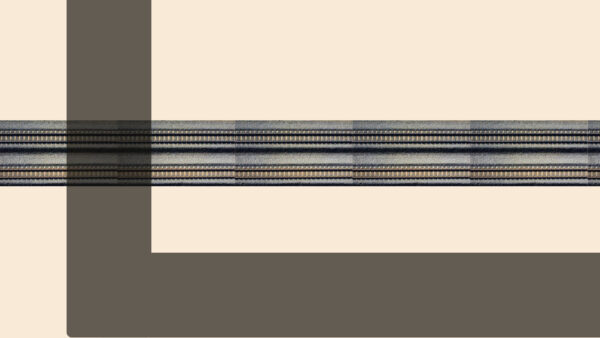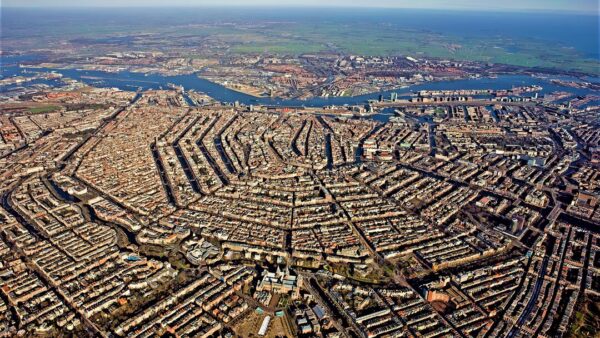Recent deadly earthquakes in Indonesia have prompted calls to build homes there with traditional materials like bamboo and timber, because they are safer than concrete in seismic zones.
Yesterday the national disaster agency said 436 people had died as a result of the 5 August quake on the island of Lombok, most in collapsing buildings, reports The Associated Press.
It’s our duty to learn more about carpentry, natural materials and local culture– Engineering professor Yulianto Prihatmaji
Some 350,000 people are homeless, the agency said.
More than 100,000 homes have been destroyed, according to a report by Voice of America (VOA).
VOA reported that in one village, Prawira, most of the houses built of concrete are flattened or close to collapse.
A youth cultural activist in Prawira, Raden Prawangsa Jaya Ningrat, told VOA that most of his neighbours still have their homes because they built traditional wooden houses.
“The traditional buildings, traditional houses are still standing,” Prawangsa told VOA Indonesian. “The others, built from concrete, collapsed. So we must pay more attention to the construction. We are located on the Ring of Fire. The most suitable materials for housing are natural materials such as wood, bamboo, woven bamboo walls because our area is prone to earthquakes.”

Buildings of modern construction, such as this mosque in Lading-Lading, North Lombok, collapsed with deadly results (BASARNAS/Creative Commons)
His view is echoed by engineer Yulianto Prihatmaji, who earned his engineering doctorate in Kyoto University, Japan, and now teaches at Islamic University of Indonesia.
“During an earthquake, the wooden construction is able to move [and does not immediately collapse] and gives enough time for the occupants to escape safely,” he told VOA.
Prihatmaji, who specializes in Indonesian traditional timber structures, ventured the opinion that builders in Lombok may not have used earthquake-resistant concrete.
He criticised the move to concrete, which he said was based on a perception that wooden houses are shabby and outdated.
“When the shift to concrete buildings happened, they prioritised the appearance of the building, not the structural strength,” he said.
“It’s our duty to learn more about carpentry, natural materials and local culture,” he said. “Experiences in the past can be the answers for the future. For example, in the past, houses were smaller. So it would be wise to return to wooden houses in the future.”
Top image: Construction of Tongkonan traditional rice barns and house in Palava village, Sulawesi, Indonesia (Elena Odareeva/Dreamstime)
Further reading:






